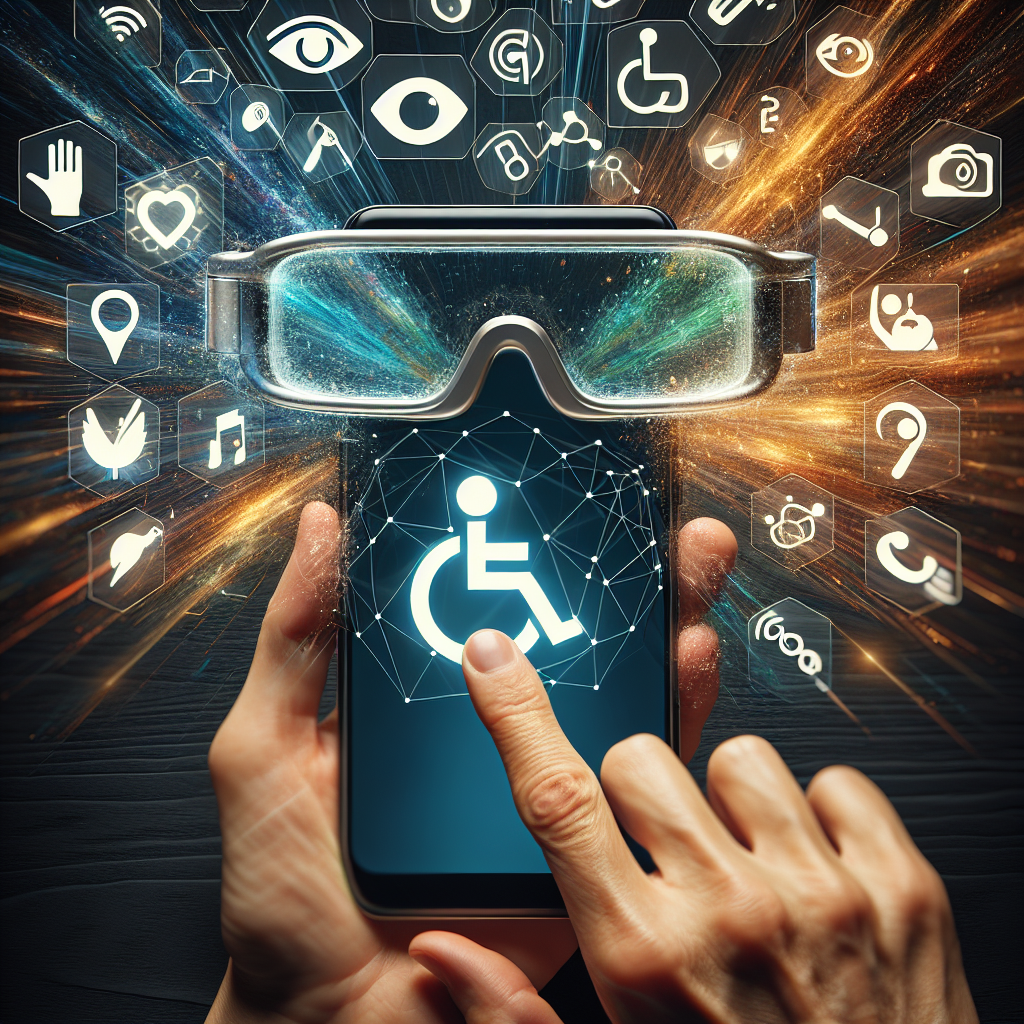Breaking down barriers: How AR is revolutionizing accessibility solutions
Introduction
Augmented Reality (AR) technology has proven to be a game-changer when it comes to breaking down barriers and improving accessibility for people with disabilities. AR has the ability to overlay digital information onto the physical world, creating new opportunities for people to interact with their environment in innovative ways. From providing real-time navigation assistance to enhancing communication for those with hearing impairments, AR is revolutionizing accessibility solutions and making the world more inclusive for all.
Accessibility solutions through AR
AR technology has a wide range of applications when it comes to improving accessibility for people with disabilities. One of the most significant uses of AR is in providing real-time navigation assistance for those with mobility impairments. By overlaying digital maps and directions onto the physical world, AR can help people navigate complex environments such as airports, shopping malls, and public transportation systems with ease.
AR can also help people with visual impairments by providing audio descriptions of their surroundings and identifying objects and obstacles in real time. This can significantly improve the independence and quality of life for people with visual impairments, allowing them to navigate their environments with greater confidence and safety.
For people with hearing impairments, AR can enhance communication by providing real-time transcriptions of spoken language or translating sign language into text. This can help improve accessibility in various settings, such as meetings, lectures, and social gatherings, where communication barriers may exist for those with hearing impairments.
Furthermore, AR can be used to create virtual environments that simulate real-world scenarios, allowing people to practice essential life skills in a safe and controlled setting. For example, individuals with autism can use AR applications to practice social interactions or navigate challenging social situations, helping them develop crucial social skills and improve their overall quality of life.
Overall, AR technology holds great promise in revolutionizing accessibility solutions and making the world a more inclusive and accessible place for people with disabilities.
FAQs
Q: How does AR technology work in improving accessibility for people with disabilities?
A: AR technology overlays digital information onto the physical world, creating new opportunities for people to interact with their environment in innovative ways. This can include providing real-time navigation assistance, enhancing communication for those with hearing impairments, and creating virtual environments for skill practice.
Q: What are some examples of AR applications for improving accessibility?
A: Some examples of AR applications for improving accessibility include real-time navigation assistance for people with mobility impairments, audio descriptions for people with visual impairments, and real-time transcriptions or translations for people with hearing impairments.
Q: How can AR technology benefit individuals with autism?
A: AR technology can benefit individuals with autism by creating virtual environments that simulate real-world scenarios, allowing them to practice essential life skills in a safe and controlled setting. This can help individuals with autism develop crucial social skills and improve their overall quality of life.
Q: How is AR technology revolutionizing accessibility solutions?
A: AR technology is revolutionizing accessibility solutions by breaking down barriers and improving access to information, communication, and navigation for people with disabilities. AR technology is making the world a more inclusive and accessible place for all individuals, regardless of their abilities.
Conclusion
Augmented Reality (AR) technology is revolutionizing accessibility solutions and breaking down barriers for people with disabilities. From providing real-time navigation assistance to enhancing communication and creating virtual environments for skill practice, AR technology has the potential to improve the quality of life for individuals with disabilities and make the world a more inclusive and accessible place for all. As AR technology continues to advance, it is crucial to harness its potential to create innovative solutions that benefit individuals with disabilities and promote greater inclusion and diversity in our society.
